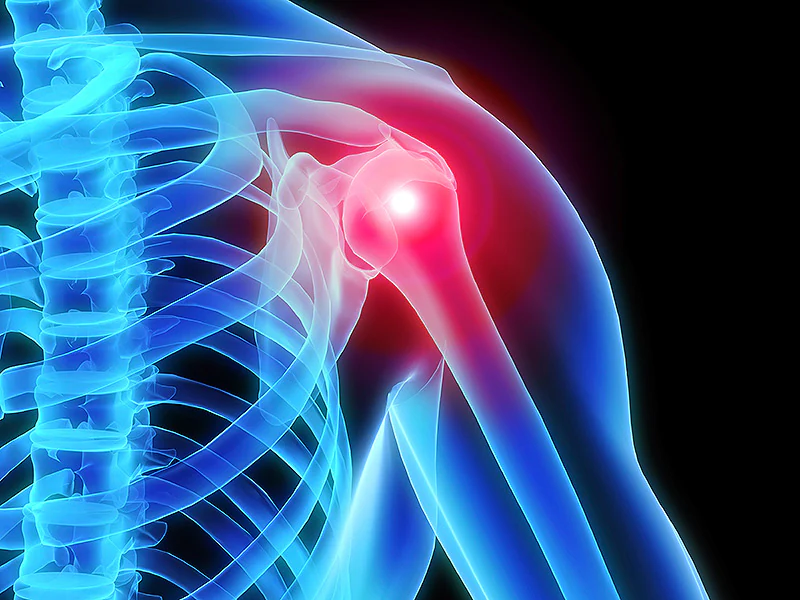What is Reverse Shoulder Replacement?
Reverse Shoulder Replacement, also known as Reverse Shoulder Arthroplasty (RTSA), is a type of shoulder surgery designed to relieve pain and restore function in your shoulder. It is especially useful when other treatments haven’t worked, and the rotator cuff muscles in your shoulder are damaged or not working properly.

Why Would You Need a Reverse Shoulder Replacement?
You might need this surgery if you have:
- Severe Shoulder Pain: This pain might be due to arthritis, a large tear in the rotator cuff, or a serious shoulder injury.
- Rotator Cuff Problems: If the muscles and tendons that help lift and rotate your arm (the rotator cuff) are torn or damaged beyond repair.
- Shoulder Arthritis: When the shoulder joint is worn out and causes significant pain and mobility issues.
- Failed Previous Surgeries: If other shoulder surgeries haven’t helped, or if implants from previous surgeries have failed.
- Chronic Dislocations: If your shoulder frequently dislocates and causes pain.
How Does Reverse Shoulder Replacement Work?
In a normal shoulder replacement, the ball part of the joint is attached to the arm bone (humerus), and the socket part is attached to the shoulder blade (scapula). In a reverse shoulder replacement, this arrangement is reversed:
- Ball on Shoulder Blade: A ball (called the glenosphere) is placed where the socket used to be.
- Socket on Arm Bone: A socket is placed on the arm bone.
This reversal allows the deltoid muscle (the muscle on the top of your shoulder) to lift your arm since the damaged rotator cuff muscles can’t.
Benefits of Reverse Shoulder Replacement
- Pain Relief: Significant reduction or elimination of shoulder pain.
- Improved Function: Better ability to lift and move your arm.
- Quick Recovery: Often leads to a faster and more effective recovery compared to other types of shoulder surgeries.
Find a Reverse Shoulder Replacement Surgeon
What to Expect Before Surgery
Before the surgery, your doctor will:
- Medical History: Take a complete medical history to understand your overall health.
- Physical Exam: Check your shoulder’s range of motion and strength.
- Imaging Tests: Use X-rays or CT scans to get a detailed look at your shoulder joint.
- Plan the Surgery: Plan the exact position and size of the implants using special software to ensure the best fit and outcome.
The Surgery Process
Recovery After Surgery
- Immobilization: Your shoulder will be immobilized in a sling for a few weeks.
- Physical Therapy: You’ll start gentle exercises to regain movement and strength. Your therapist will guide you through these exercises.
- Pain Management: Your doctor will provide medications to manage pain.
- Follow-Up Visits: Regular check-ups with your doctor to monitor your recovery and ensure the new shoulder joint is functioning well.
Who Should Not Have This Surgery?
This surgery might not be suitable if you have:
- Active Infections: Any ongoing infection in the shoulder.
- Poor Deltoid Muscle Function: If the deltoid muscle is damaged or not working properly.
- Severe Bone Loss: Significant loss of bone in the shoulder that can’t support the new joint.



